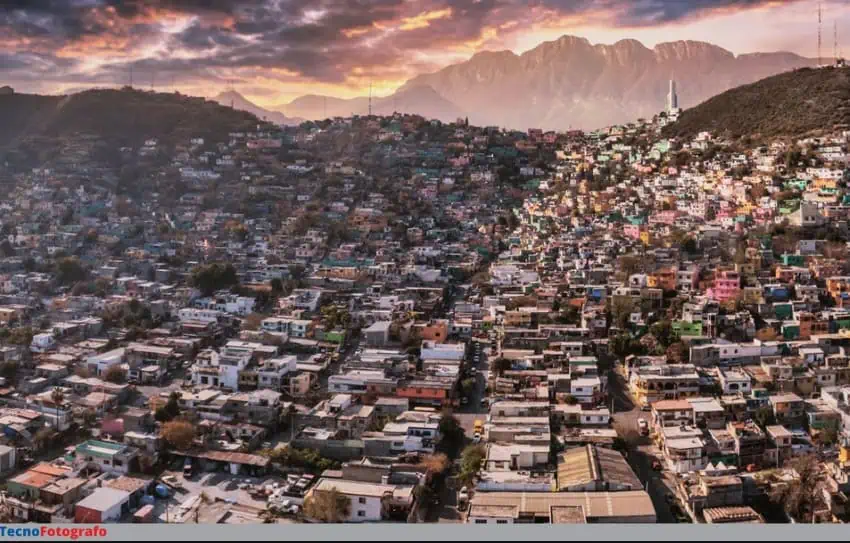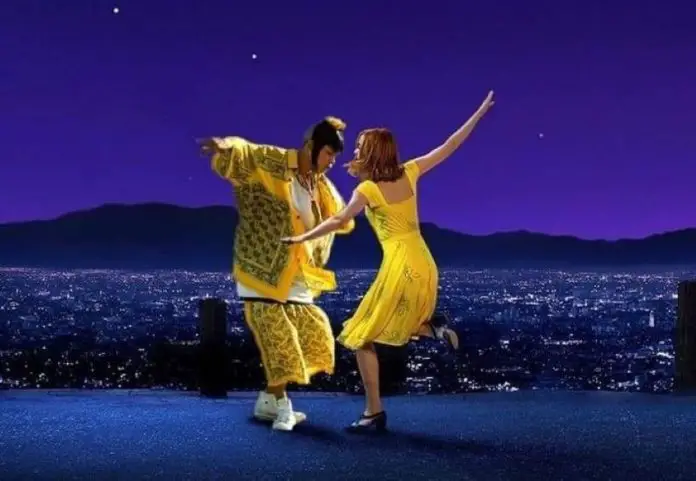Last month, we delved into the Avanzada Regia, Monterrey’s greatest contribution to Latin American rock. Now, it’s time to explore another musical gift from the Sultana of the North: cumbia rebajada.
Characterized by its unmistakable rhythm, cumbia originated as an Afro-Colombian genre but has spread out across Latin America, creating hundreds of local varieties and becoming the “musical backbone of the continent.” Cumbia rebajada is known for its slow pace, deep and drawn-out vocals, evocative accordions and lyrics about the significance of home.

Migration and displacement are central themes in both its origin and content. To understand cumbia rebajada, we have to look at the presence of Colombian immigrants in one of Monterrey’s most underserved neighborhoods: the Colonia Independencia.
The accidental birth of rebajada
The 1960s saw significant cultural and demographic changes in Monterrey. Colombian immigrants to the city brought with them cumbia and vallenato records which were quickly embraced by regiomontanos. In the Colonia Independencia, home to many of these migrants, neighborhood parties featured a sonidero, a type of master of ceremonies who played this music for friends and families, fostering a vibrant community spirit. This was the environment that gave rise to Monterrey’s first great cumbia artists, like the legendary Celso Piña.
It wasn’t until the 1990s, though, that cumbia rebajada was born. One night, sonidero Gabriel Dueñez experienced an issue with his Rapson sound system. The Rapson “had been playing for six or seven hours non-stop,” he told the BBC in 2021. “The motor overheated and started lagging, and that’s when the rebajado sound came out.” The music slowed down dramatically: the voice in the track deepened like in a slow motion scene, the accordion notes stretched out and there was more space between each scrape of the guiro. People kept dancing, captivated by this new sound.
The term rebajada can be translated several different ways — slowed down, brought down, lowered — which reflect the subgenre’s origin. Regular cumbias can be subjected to a “rebaja” by a sonidero, if that’s the sound you’re craving.
Noticing how people enjoyed the music, Dueñez recorded hundreds of cassettes of rebajada that were then sold on the iconic Puente del Papa (Pope’s Bridge), which connects Independencia with downtown Monterrey. As often happens with musical movements, the appearance of the new genre gave birth to an entire subculture: the Kolombianos.
The Kolombianos
Inspired by Californian cholo fashion and local influences, Kolombianos — also called Cholombianos or simply “los Colombia” — emerged in Independencia in the 2000s. The Kolombiano look is striking: baggy shorts and button-up shirts, high-top sneakers, gel-packed hairstyles with sideburns longer than your favorite country music star’s, and a blend of Catholic and Indigenous symbols like the Virgin of Guadalupe and rosary beads.
They created a style of dance that’s hard to imitate, often flashing a star symbol with their hands to signify their association with Kolombiano culture. Several Kolombiano groups began to form with the sole purpose of getting together to dance cumbia rebajada.
As local journalist David Marcial Pérez explained, the Kolombianos were the opposite of the white cowboy, the traditional figure of Monterrey. Mostly men and women of color from marginalized backgrounds, Kolombianos were aware of their otherness in their city’s socioeconomic context, a fact constantly reinforced by local authorities. Kolombianos were stigmatized for their appearance and sometimes arbitrarily targeted by police. “It took us a long time to realize as a society that these were just young men and women expressing that they felt marginalized,” Monterrey Cumbia Fest organizer Ivonne Azpeytia told the BBC.
The early 2000s, particularly from 2006 to 2014, were difficult years for Monterrey. The War on Drugs had a devastating impact on underserved communities, unleashing waves of violence. This context suppressed Kolombiano culture and forced many of its members to repeat the story of the people who had brought them cumbia in the first place: migrating north.
La Colombia Chiquita
Kolombiano culture has dwindled over the years, but Colombian cumbia and cumbia rebajada are still going strong. Colonia Independencia locals call their neighborhood “La Colombia Chiquita”. Bands like Los Socios de Colombia, Los Niños Vallenatos, Pasión Vallenata, La Universidad de la Cumbia and La Tropa Colombiana, to name a few, continue to honor Colombian cumbia in their own way.
Gabriel Dueñez remains in his neighborhood home, surrounded by his collection of cumbia records and the same Rapson sound system that first gifted Monterrey rich and flavorful cumbias rebajadas. Nowadays, although people make rebajada digitally — slowing cumbia tracks down on their computers and uploading them on YouTube — we’re still enjoying it like we have since day one.
“We’re going to die someday, but cumbia will live on,” musician Rubén Piña, Celso’s brother, told the BBC in 2021. “Others will come, more will come, and many more will come.”
Ceci is a lawyer who grew up in Monterrey and has lived in Mexico City since 2013. She is passionate about the Mexican culinary and music scene, taking great pride in her country’s cultural contributions to the world.
